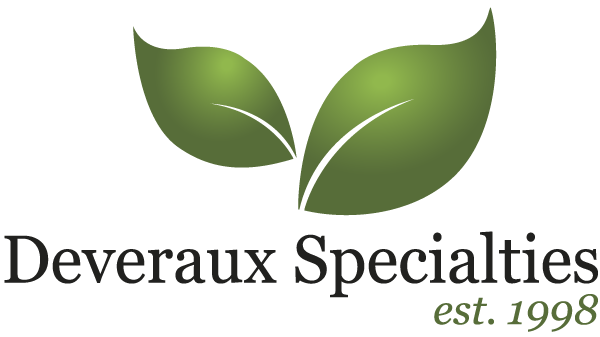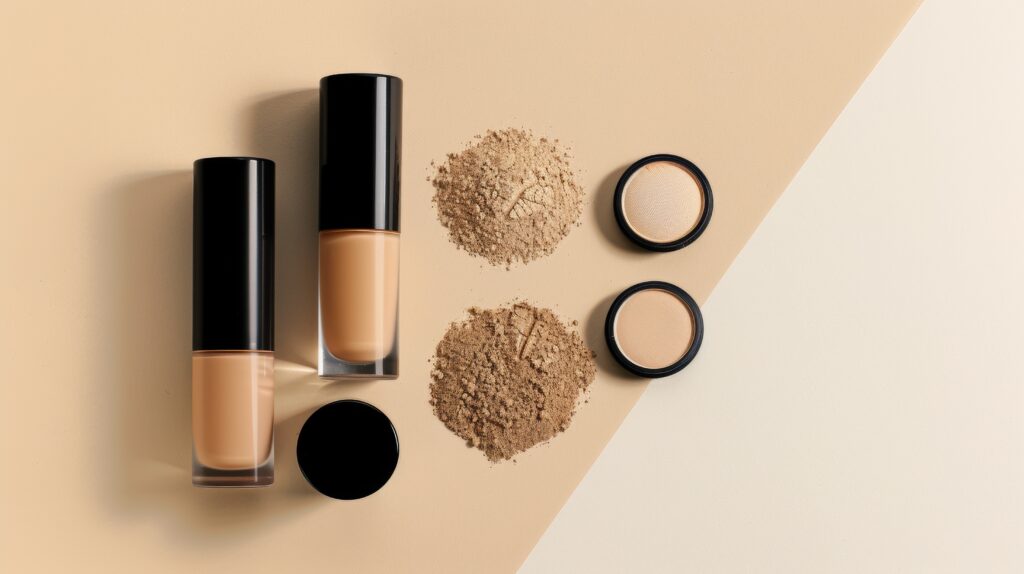Fermented Beauty, Engineered for Outcomes—not Just Another Story
Modern skin care succeeds when it can do two things at once: maintain comfort under daily stress and produce visible improvements under instruments—not just in a controlled lab model, but in formulas people actually wear. The gap between mechanism and measurable results often opens when we chase higher doses, stack too many actives, or over-tune rheology in pursuit of quick wins. The result can be tacky textures, preservation strain, and fragile claims.
Fermented actives—specifically postbiotic preparations—offer a disciplined, formulation-friendly path through that gap. By definition, postbiotics are inanimate microbial preparations (often lysates) that confer health benefits via their components and metabolites. In practice, this means smaller, more compatible fractions that work with the skin’s operating conditions rather than against them, and do so at modest inclusion levels that keep viscosity, pH, and preservation on spec. The opportunity for formulators is straightforward: use postbiotic actives to support barrier function, reduce stress signals, and translate cellular protection into instrumented, claim-ready endpoints.
Scale-Up Reality Check: Nice Lab Data, Difficult Products
The first challenge is barrier disruption. Cleansing, friction, and environmental stress disturb the stratum corneum, slow renewal, and increase TEWL. Common responses—more occlusives or more humectants—can help but won’t necessarily accelerate normalization of epidermal processes or microbiome richness after standardized stress. Clinical and preclinical work with ferment lysates shows potential to support barrier function and resilience against oxidative and inflammatory stimuli, suggesting a route to faster, measurable recovery without heavy films.
The second challenge is UV and exposome stress. UV triggers DNA damage, immunosuppression, and circadian disruption; pollution and free radicals compound the effect. Many antioxidant claims remain abstract until they are tied to preserved ATP, reduced apoptosis, improved DNA repair markers, or visible endpoints like evenness and fine-line reduction. Evidence around Bifida Ferment Lysate and next-generation preparations links these mechanisms to post-UV recovery and appearance metrics, provided formulas deliver them consistently at feasible use levels.
A third challenge is operational: scale-up repeatability and sensory quality. If the active strategy demands high loads or narrow pH windows, it can cause viscosity swings, preservation stress, or unpleasant slip. Dose-efficient, water-phase-friendly actives are preferred for building wear-worthy daily care and hybrid formats without sacrificing stability.
CLR’s Postbiotic Lysates: Stable Biology for Real-World Formulas
Rather than adding “more” to already crowded formulas, CLR’s postbiotic lysates add focus. ProRenew Complex CLR™ is built for barrier normalization and microbiome balance after routine stress; G+C Complex CLR™ addresses UV-linked pathways tied to repair and circadian alignment; CefiraProtect CLR™ targets exposome-driven oxidative pressure and protein integrity; CutiGuard CLR™ translates cellular support into visible evenness and wrinkle reduction. Together they create a modular toolkit you can fit to a brief without sacrificing texture, preservation, or scalability:
Texture Integrity at Scale: Keeping Viscosity and Slip on Target
From a buildability standpoint, these actives share favorable windows. ProRenew Complex CLR™ integrates in the water phase and has been demonstrated in low-irritation contexts following tape stripping, while G+C Complex CLR™ (Bifida-based) is described with broad pH compatibility for O/W creams and gel-creams at low single-digit percentages. This reduces the need to over-engineer the oil phase to achieve premium sensorials, helping to limit viscosity drift during pilot and scale-up.
For the exposome brief, CefiraProtect CLR™ materials describe antioxidant potential and protection of vital skin proteins under stress, which can align with colorimetric redness measures, elasticity/firmness, and barrier-related readouts. Meanwhile, CutiGuard CLR™ shows visible changes (radiance, evenness, wrinkle reduction) at 3% and offers a wide pH range (3.0–9.0), easing preservative design and enabling adjacency to SPF formats or tinted bases without excessive formulation compromises.
The measurement strategy should be explicit. For barrier and microbiome support, pair tape-stripping or SDS-challenge designs with TEWL, hydration, and 16S rRNA richness/diversity where relevant. For UV/circadian mechanisms, include endpoints such as CPDs, apoptosis, ATP preservation, or linked cytokine pathways. For exposome resilience, combine oxidative assays and protein-protection readouts with instrumented redness and elasticity. Peer-reviewed evidence on Bifida ferment lysate’s effects on barrier function provides a useful scientific backdrop for these program designs.
Finally, anchor the terminology. When communicating to regulatory or brand stakeholders, the ISAPP postbiotic definition keeps claims precise: postbiotics are preparations of inanimate microorganisms and/or their components that confer a benefit. This avoids conflation with probiotics (requiring viability) or purified metabolites alone and supports clean, compliant language in briefs and pack copy.
From Storytelling to Systems Thinking: The New Standard for Claims
As buyers scrutinize claims more closely, projects that connect mechanism to measurement win. The four-product architecture described here offers modularity: a barrier-first component (ProRenew Complex CLR™), a UV/circadian defense (G+C Complex CLR™), an exposome resilience tool (CefiraProtect CLR™), and an appearance-level finisher (CutiGuard CLR™). Used together or alone, they support leaner INCI lists by working at dose-efficient levels and across workable pH ranges—properties that make daily-wear formats more achievable without sacrificing evidence.
The broader trajectory also favors fermentation. Microbial processes can be resource-efficient and can leverage upcycled inputs, supporting sustainability narratives without overstating claims. Market reporting continues to show steady interest in microbiome-friendly and fermented approaches; the competitive edge comes from pairing that interest with data-driven endpoints and scale-ready textures. Teams that implement postbiotic strategies now will be better positioned to deliver consistent, measurable results over the next cycle of launches.
Build the Evidence Chain: Select Endpoints, Not Just Ingredients
Formulation is an engineering exercise: define the problem, select mechanisms with credible links to the endpoint, and build for repeatability. Postbiotic solutions help close the gap between lab signals and visible, instrumented results. CLR’s postbiotic ferment lysates enable dose-efficient, water-phase-friendly designs that respect preservation and texture constraints while improving outcomes you can show on instruments.
Design Your Evidence-Ready Prototype
Build your next barrier-first or UV-defense format using the CLR actives. For formulation guidance, in-depth technical data, and sample support, submit a request on the Deveraux Specialties website, and our team will help you align mechanisms, endpoints, and timelines for claim-ready results.
Resources
- International Scientific Association for Probiotics and Prebiotics. (2021). The ISAPP consensus statement on the definition and scope of postbiotics. Nature Reviews Gastroenterology & Hepatology, 18, 649–667. https://www.nature.com/articles/s41575-021-00440-6
- Wang, R., Li, Z., Zhou, Y., & Sun, B. (2023). The pivotal role of Bifida ferment lysate on reinforcing the skin barrier function and maintaining homeostasis of skin defenses in vitro. Journal of Cosmetic Dermatology, 22(10), 3160–3167. https://onlinelibrary.wiley.com/doi/10.1111/jocd.15831
- Dou, J., Yang, F., & Liu, H. (2023). Applications of probiotic constituents in cosmetics. Polymers, 15(20), 4339. https://pmc.ncbi.nlm.nih.gov/articles/PMC10574390/
Note: Scientific and trade sources above are publicly accessible and support the technology-level narrative (postbiotic definition, mechanism, study models, and dermal relevance). Product-specific dossiers from CLR provide detailed methods, usage windows, and claim substantiation; rely on those documents for final claim wording during regulatory/legal review.









